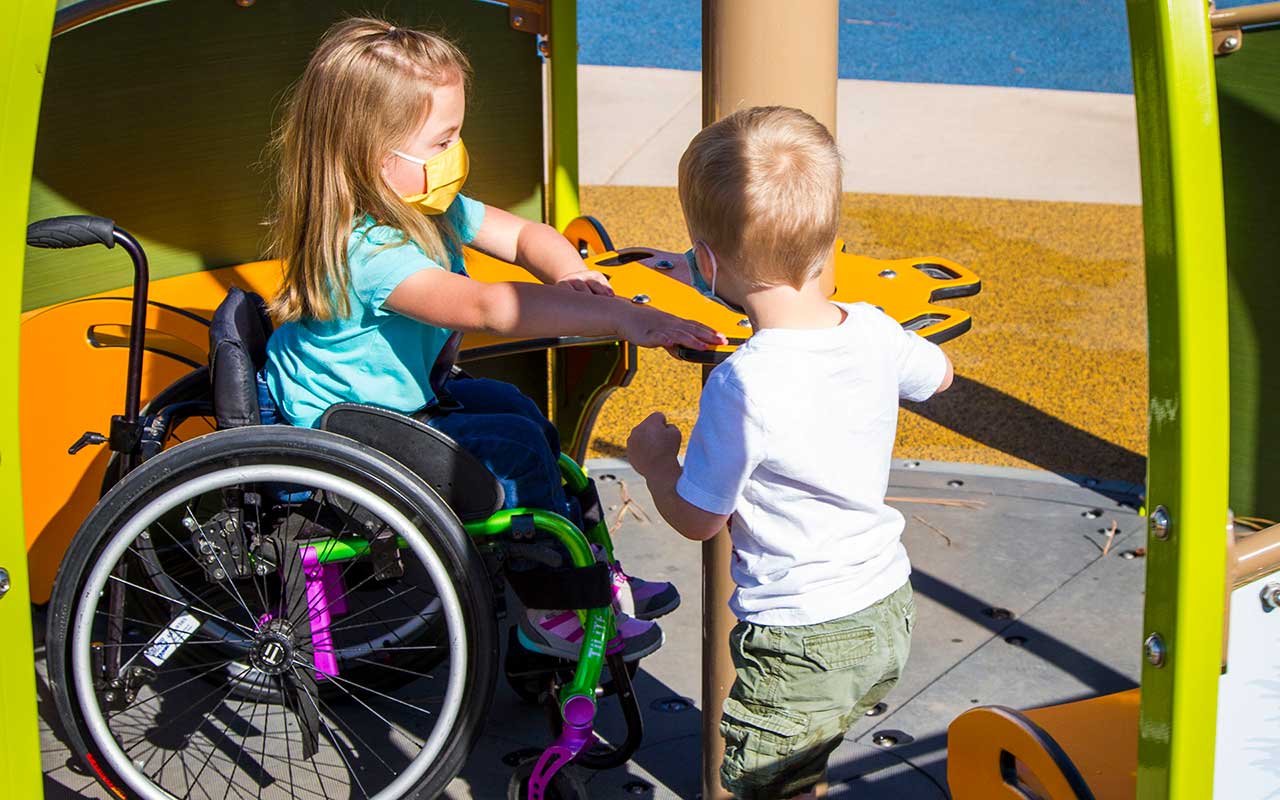

Our variable-drift diffusion models provide a mechanistic account of pedestrian road-crossing decisions, and how these are impacted by a variety of sensory cues: time and distance gaps in oncoming vehicle traffic, vehicle deceleration implicitly signaling intent to yield, as well as explicit communication of such yielding intentions. Here, we demonstrate how variable-drift extensions of drift diffusion (or evidence accumulation) models of decision-making can be adapted to the mundane yet non-trivial scenario of a pedestrian deciding if and when to cross a road with oncoming vehicle traffic. In parallel, recent decades have seen major advances in cognitive neuroscience models of human decision-making, but these models have mainly been applied to simplified laboratory tasks. 1989 Dec 115(6):932–938.Human behavior and interaction in road traffic is highly complex, with many open scientific questions of high applied importance, not least in relation to recent development efforts toward automated vehicles. Predicting traffic injuries in childhood: a cohort analysis. Audiological findings following head trauma.

Abd al-Hady MR, Shehata O, el-Mously M, Sallam FS.Critical injuries in paediatric pedestrians. Roberts I, Streat S, Judson J, Norton R.

Asbestos and renal adenocarcinoma: a case-control study. Effect of environmental factors on risk of injury of child pedestrians by motor vehicles: a case-control study.
#SENSORY DETAILS IN THE PEDESTRIAN FULL#
Full textįull text is available as a scanned copy of the original print version.

Paediatricians caring for children with sensory impairments should be aware of this increased risk. CONCLUSIONS: Children with sensory deficits constitute a high risk group for pedestrian injuries. The risk of injury for children whose parents reported abnormal hearing was close to twice that of children with reported normal hearing (odds ratio = 1.73, 95% confidence interval 0.83 to 3.61). RESULTS: The risk of pedestrian injury for children whose parents reported abnormal vision was over four times that of children with reported normal vision (odds ratio = 4.25, 95% confidence interval 1.68 to 10.8). Controls (n = 479) were a random sample of the child population. Cases (n = 190) were all children (< 15 years) killed or hospitalised as a result of a pedestrian injury occurring on a public road between 1 January 1992 and 1 March 1994. METHODS: A community based case-control study was conducted. SETTING: The Auckland region of New Zealand. OBJECTIVES: To examine the association between sensory deficit and the risk of child pedestrian-motor vehicle collisions.


 0 kommentar(er)
0 kommentar(er)
